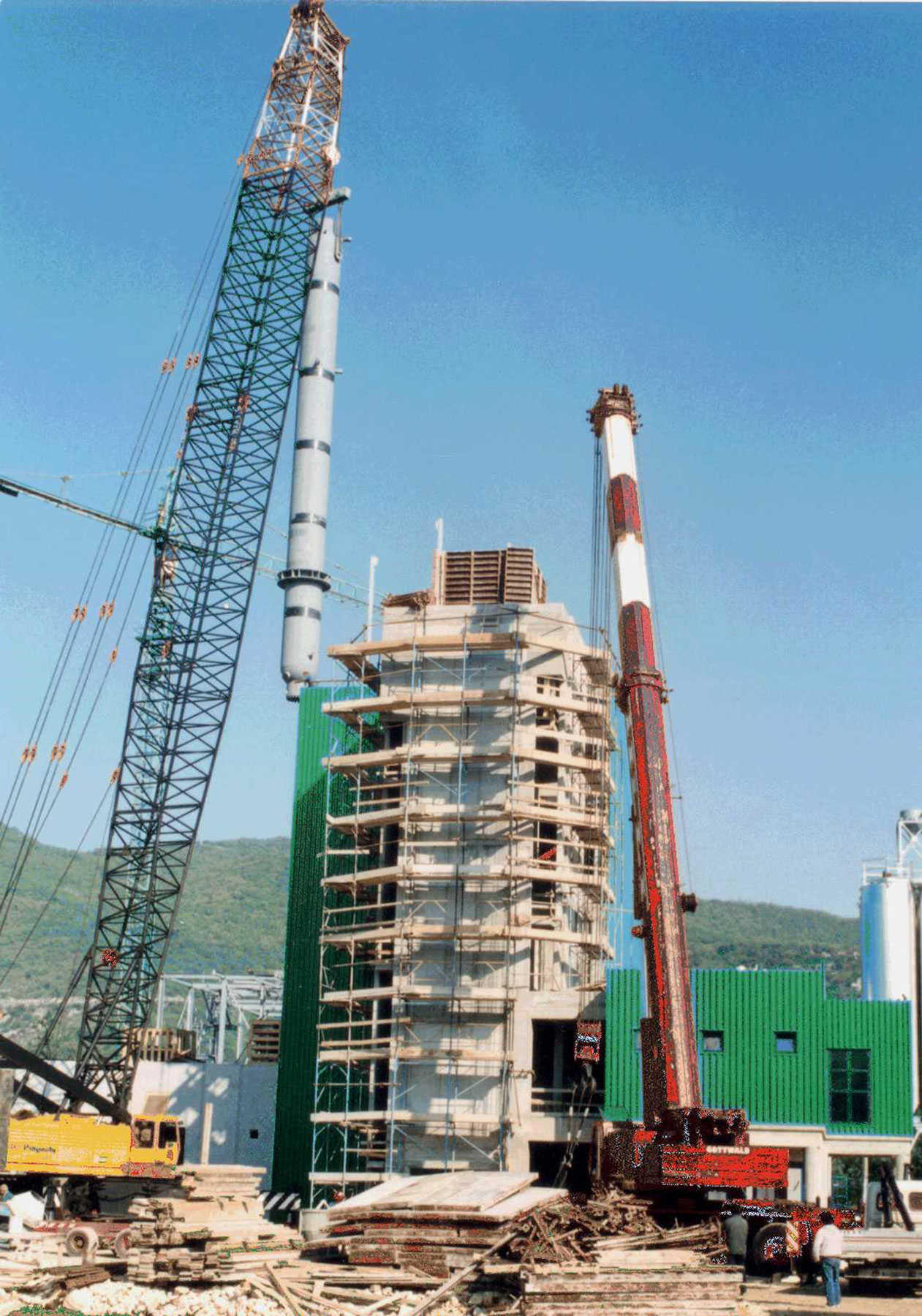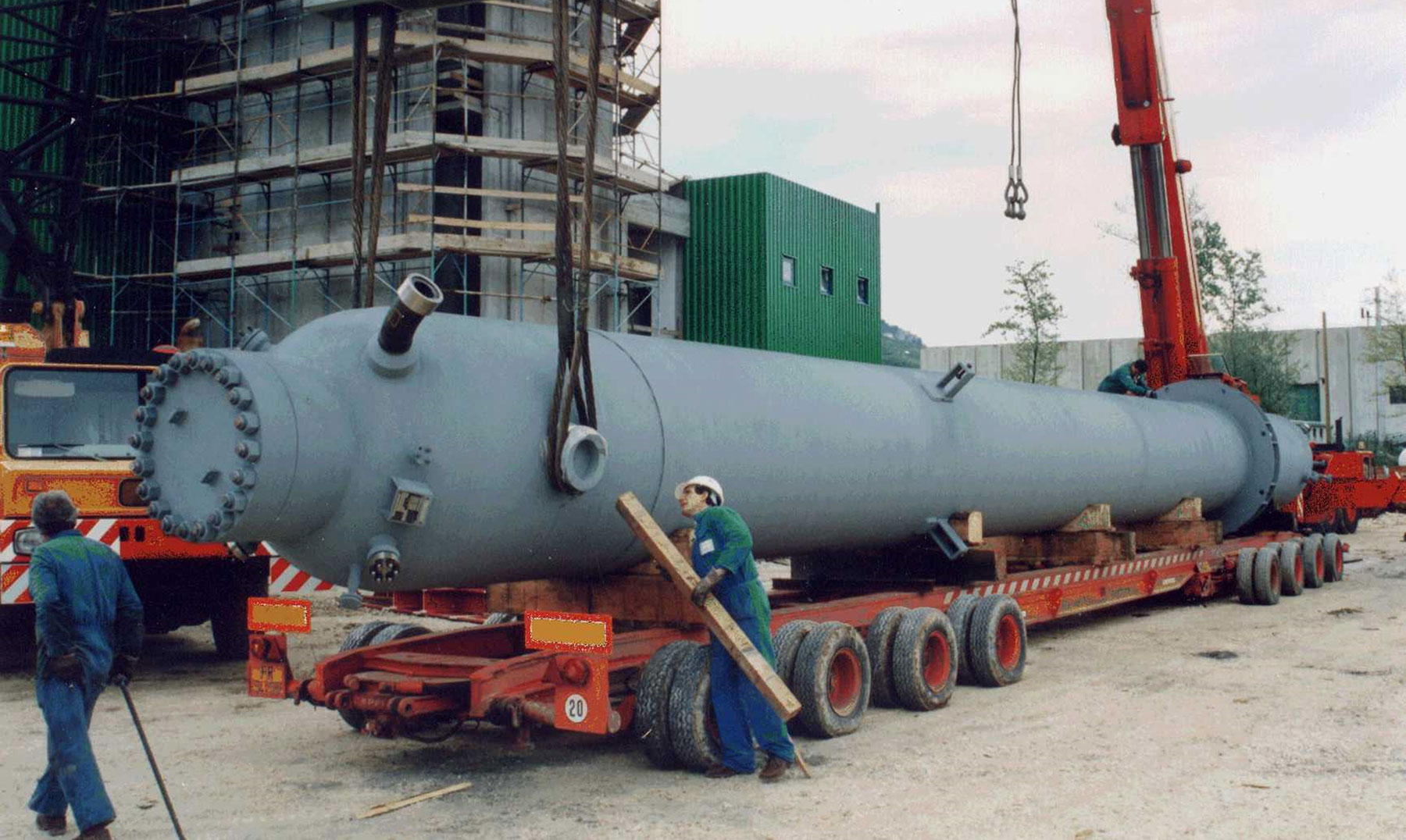Decaffeination plant for coffee
Decaffeination was one of the first industrial applications for supercritical CO2 and is increasingly interesting with the trend of reducing chemical solvents like Dichloromethane or ethyl acetate. The capacity of the supplied equipment was originally designed to be 10.000 tons of arabica and robusta coffee and it is producing even more after over 30 years in operation. It uses an isobaric process, which makes it very energy efficient because there is no need for evaporation or condensation of the CO2 during the normal extraction process of the beans, which can take between 8 to 14h, depending on the type and origin of the coffee. The advantages compared to other decaffeination processes are:
Preservation of Flavor: This method retains the original flavor and aroma compounds of the coffee beans, ensuring a more flavorful decaf experience.
No Chemical Residue: Unlike solvent-based methods, supercritical CO2 leaves no harmful chemical residues, making the coffee cleaner and more natural.
Environmental Friendliness: CO2 is a naturally occurring substance and its use in decaffeination is more environmentally friendly compared to chemical solvents because it can also be recycled up to 99%.
Effective Caffeine Removal: It efficiently removes 97-99% of the caffeine from the coffee beans without damaging the form of the bean and without removing other substances from it.
High quality caffeine: The side product of the process is caffeine which can be already collected at a purity of ~95% which makes it directly a very valuable product for energy drinks and other applications. It is also a verification that no other products are removed from the bean like it is the case for other processes.
Organic processing: The coffee which has been decaffeinated with supercritical CO2 can remain in its original “Organic” or “Bio” certification.
This special equipment was also equipped with a continuous recovery system for the caffeine to allow a high degree of automation from start to finish. The material handling between the processes is done by pneumatic transportation. It still represents an important milestone for the complete CO2 extraction industry and also for Natex because it is a perfect example for great ingenuity, automation and endurance.
Name of client: Luigi Lavazza Spa.
Equipment size: 3x20m³
Country of installation: Italy
Product processed: decaffeination of coffee



